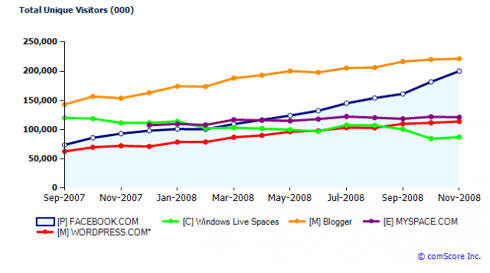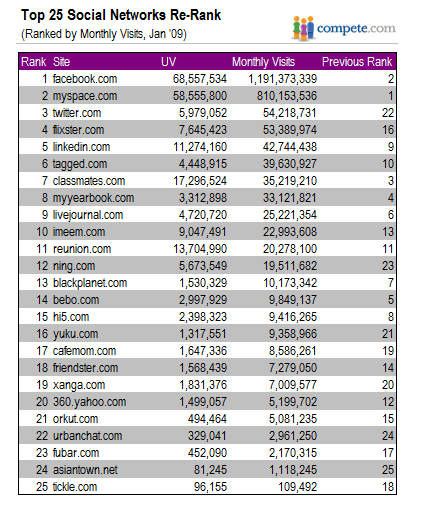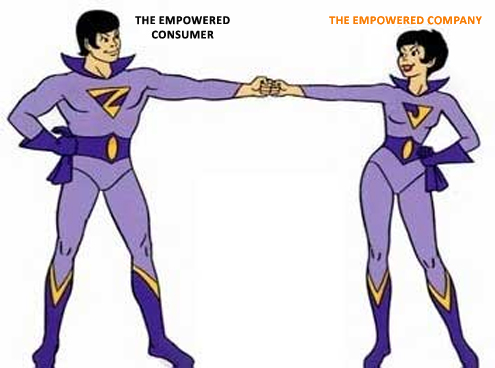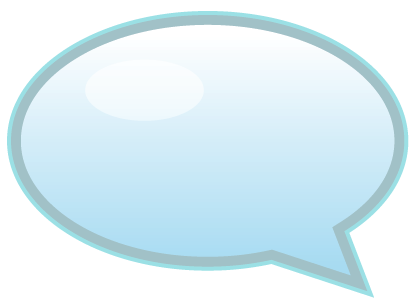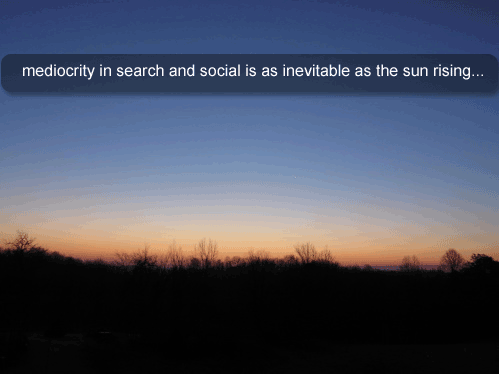
Let’s do a hypothetical. You like western saddles. You search for them every day on Google. Google gives you relevant results from a) your Google Plus peeps and then b) the most relevant, most SEO’d results. Let’s assume that your peeps straddle the lines of friends, family and business contacts, so the results or likelihood that there will be content from these people about western saddles may be 50/50.
You continue to search for info about saddles. I am a marketer that sells cowboy hats or western hats. I know that if I use the term “western saddles” as a key word, page title, hyper link, hashtag, splog site or blog post in some social networks or platforms, the likelihood of you finding or landing on my pages might be pretty high. Why? Every link that you will find will ultimately take you to my western hat pages. I may or may not have much on saddles, but the bottm line is that I sell hats not saddles. Will you buy from my site? Maybe not. Of course I will or may affiliate links on my pages that will get you to a site that sells saddles but…the “quick” search has now turned into an hour’s worth of chasing the long tail of a bullshit game of bait and switch.
Is that a good user experience? No, but it’s the reality of search and social.
The more content that is created, the more that you have to choose from. The more that you have to choose from, the more of a chance that the content is watered down and possibly gamed. The more that search and social become intertwined, the more that you may become the victim of a bait and switch. Clicking on a link in the hopes that it is the right link-has become more precarious these days than it ever has.
The more that search and social lines become further blurred by the notion that content drives the machine, the more the user will get played. Pretty soon it won’t be social media any longer, it will be social mediocrity.



